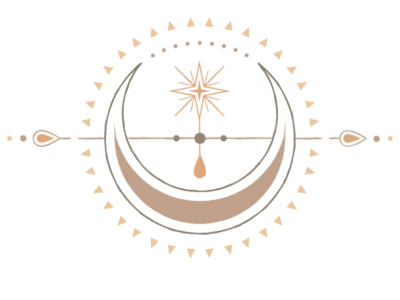Have you ever heard about Reiki and wondered what it’s all about? Maybe you’ve been curious about how this ancient practice can help you connect with your inner self and promote healing. Let’s dive into the fascinating world of Reiki, explore its history, the different types, how it works, and the incredible benefits it offers for our spiritual and physical well-being.
A Glimpse into the History of Reiki
Reiki, pronounced “ray-kee,” is a form of energy healing that originated in Japan. The word “Reiki” comes from two Japanese words: “Rei,” meaning universal, and “Ki,” meaning life force energy. Together, they signify a spiritually guided life force energy.
The practice of Reiki was developed by Mikao Usui in the early 20th century. Usui, a Japanese Buddhist, embarked on a spiritual journey to discover the secrets of healing. After years of study and meditation, he experienced a profound revelation, leading to the development of the Reiki healing system. Usui began teaching and practicing Reiki, and his methods were passed down through generations of practitioners, spreading across the globe.
Different Types of Reiki
While Usui Reiki is the original form, several other styles have evolved, each with its unique approaches and techniques. Here are a few notable types:
Usui Reiki: The traditional form of Reiki, as developed by Mikao Usui. It focuses on channeling universal energy through the practitioner’s hands to the recipient.
Karuna Reiki: Developed by William Lee Rand, Karuna Reiki incorporates additional symbols and techniques designed to promote deep emotional healing and spiritual growth.
Tibetan Reiki: This style integrates Tibetan symbols and healing techniques, often combined with Usui Reiki methods, to enhance the energy healing process.
Holy Fire Reiki: Also developed by William Lee Rand, Holy Fire Reiki is a newer form that emphasizes a highly refined, spiritually guided energy believed to come directly from a higher consciousness.
How Reiki Works
Reiki is based on the idea that life force energy flows through us and is what causes us to be alive. If this energy is low or blocked, we are more likely to feel stress or get sick. Conversely, if it is high and flowing freely, we are more capable of being happy and healthy.
A typical Reiki session involves the recipient lying down fully clothed while the practitioner places their hands lightly on or just above the body in specific positions. The practitioner acts as a conduit for universal energy, which flows through their hands to the recipient. This energy transfer is thought to balance the recipient’s energy field, promoting relaxation, healing, and well-being.
The Benefits of Reiki
Reiki offers a multitude of benefits, both physical and spiritual. Here’s how it can help you connect with your inner self and enhance your overall well-being:
Physical Healing
Reiki is often used to alleviate physical ailments and promote general health. It can help:
Reduce pain and discomfort
Accelerate the body’s natural healing processes
Improve sleep and reduce fatigue
Enhance immune function
Emotional and Mental Balance
Reiki is renowned for its ability to promote emotional and mental well-being. It can:
Reduce stress and anxiety
Improve mood and emotional balance
Enhance mental clarity and focus
Help release emotional blockages and traumas
Spiritual Growth
One of the most profound benefits of Reiki is its potential for spiritual growth. Through Reiki, you can:
Deepen your connection to your inner self
Enhance your intuition and spiritual awareness
Promote a sense of inner peace and harmony
Foster a deeper connection to the universe and higher consciousness
How to Experience Reiki
Experiencing Reiki is simple and accessible. Here are a few ways to incorporate Reiki into your life:
Find a Reiki Practitioner: Look for a certified Reiki practitioner in your area. A professional session can help you experience the full benefits of Reiki in a safe and supportive environment.
Learn Reiki: If you’re interested in practicing Reiki yourself, consider taking a course. Many Reiki practitioners offer classes where you can learn the techniques and receive attunements.
Self-Reiki: Once you’ve learned the basics, you can practice self-Reiki. This involves using your hands to channel healing energy to yourself, promoting balance and well-being in your daily life.
Final Thoughts
Reiki is a gentle, yet powerful practice that offers a pathway to healing and self-discovery. Whether you’re looking to alleviate physical discomfort, reduce stress, or embark on a journey of spiritual growth, Reiki can be a valuable tool. By connecting with the universal life force energy, you can foster a deeper understanding of yourself and promote harmony in all aspects of your life.
So, if you’ve ever been curious about the magic of Reiki, why not give it a try? Whether through a professional session or by learning the practice yourself, Reiki can open doors to a more balanced, peaceful, and connected life.
Embrace the healing touch of Reiki and let it guide you towards inner harmony and well-being.
Happy healing!








